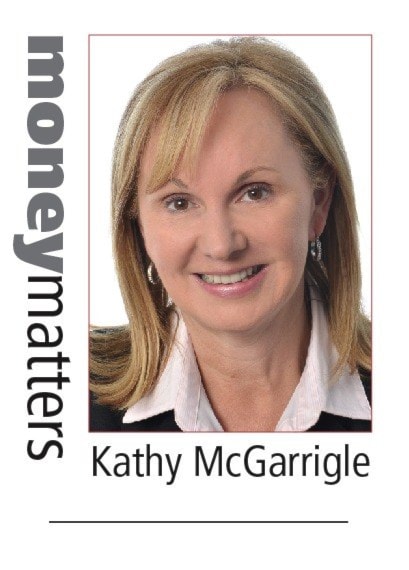A great idea isn’t the only ingredient in a recipe for entrepreneurial success. There are a lot of things to do and consider after you have your "a-ha moment." October was small business month and if that got you thinking that it might be time to step out on your own, here are a few key steps you can take towards realizing your entrepreneurial dreams.
Define your idea.
Hold on! I know you’re excited to get your idea rolling, but before you start making detailed plans or laying down money for supplies, you need to nail down the basic concept of what you want to take to market. If you can’t explain your product or service in a sentence, chances are you won’t be able to win over prospective lenders, employees, partners or customers in the future.
Answer these questions before you go any further:
• What exactly is your product or service?
• What is its purpose? (i.e. what problem is your product solving?)
• Who is your target audience?
The answers to these questions will guide you on the way from idea to reality.
Outline your personal goals.
What are the outcomes you want to see and on what timeline? Do you want to sell the business in five years or operate it as a steady source of income into your retirement? Grow the business in a certain direction? Franchise?
Being clear on what you want for your business will help you make the most out of it, financially and otherwise.
Do your research.
Next, do some preliminary research on the external and internal factors that will affect how you do business. This will help you make your case to potential lenders, and organize your own finances. Read articles online, find case studies and business books, and be sure to talk to other small business owners about their experiences.
Find out who else is out there providing similar products or services. What’s your competitive advantage over them? In other words, why should people want to buy your product over someone else’s?
Get to know the key characteristics of your target audience, their habits and their interests. The best way to do this is to actually meet them. This means getting out from behind your computer. Do a survey, conduct a focus group, or just engage one-on-one in casual conversations about their interests and needs.
Do a SWOT (strengths, weaknesses, opportunities and threats) analysis, parsing out the internal strengths and weaknesses of your own idea, and the external opportunities and threats.
This research will not only help you market your product later on, but it’ll actually help you shape your offerings to suit the needs and interests of your target audience.
When you’re done with this theoretical stuff (which is absolutely necessary), research the logistics of your business. How would you execute your idea? What equipment, software, office space or other materials would you need and what would they cost? What expertise would you require beyond your own, and what would that cost? All these estimates will go into your business plan (see below).
Talk to Service Canada and Small Business BC for help with the paperwork and applying for grants and loans.
Develop a business plan.
Your business plan charts the “who, what, when, where, why and how” of your business. It’s an essential document that will serve as your roadmap and help you secure capital from lenders. When Coast Capital Savings is deciding whether to fund a small business, we look closely at each applicant’s business plan.
There are many resources out there to help you write a top-notch business plan, but the basic components that you should include are: how you plan to operate, what your expenses, revenues and cash flow will look like, how you plan to mitigate your risks and how you plan to market your product or service. Your initial research will come in handy for supporting each of these sections.
The financial plan.
Let’s focus for a moment on the financial part of your business plan. Draw up realistic projections of your expenses and income, both for the initial start-up phase and ongoing. Figure out the details of your month-to-month cash flow so you can predict when you might be in a pinch and need extra income from a loan or your savings account. You’ll also want to address what your financial risks are. List them and identify ways you’ll work to prevent each, and how you plan to mitigate pitfalls if they do occur.
Learn what your financial institution can do to help you.
Consider opening a business account – many financial institutions have special rates and services just for business owners, as well as trained small business professionals who understand the steps to take to best position a business for success. And best of all, their expertise is usually free to access for existing or potential customers.
I hope that reading this article is just your starting point. Read, research, and then get out from behind your desk and talk to people. You’ll be surprised how many people are there to support you!
Kathy McGarrigle is chief operating officer at Coast Capital Savings.
